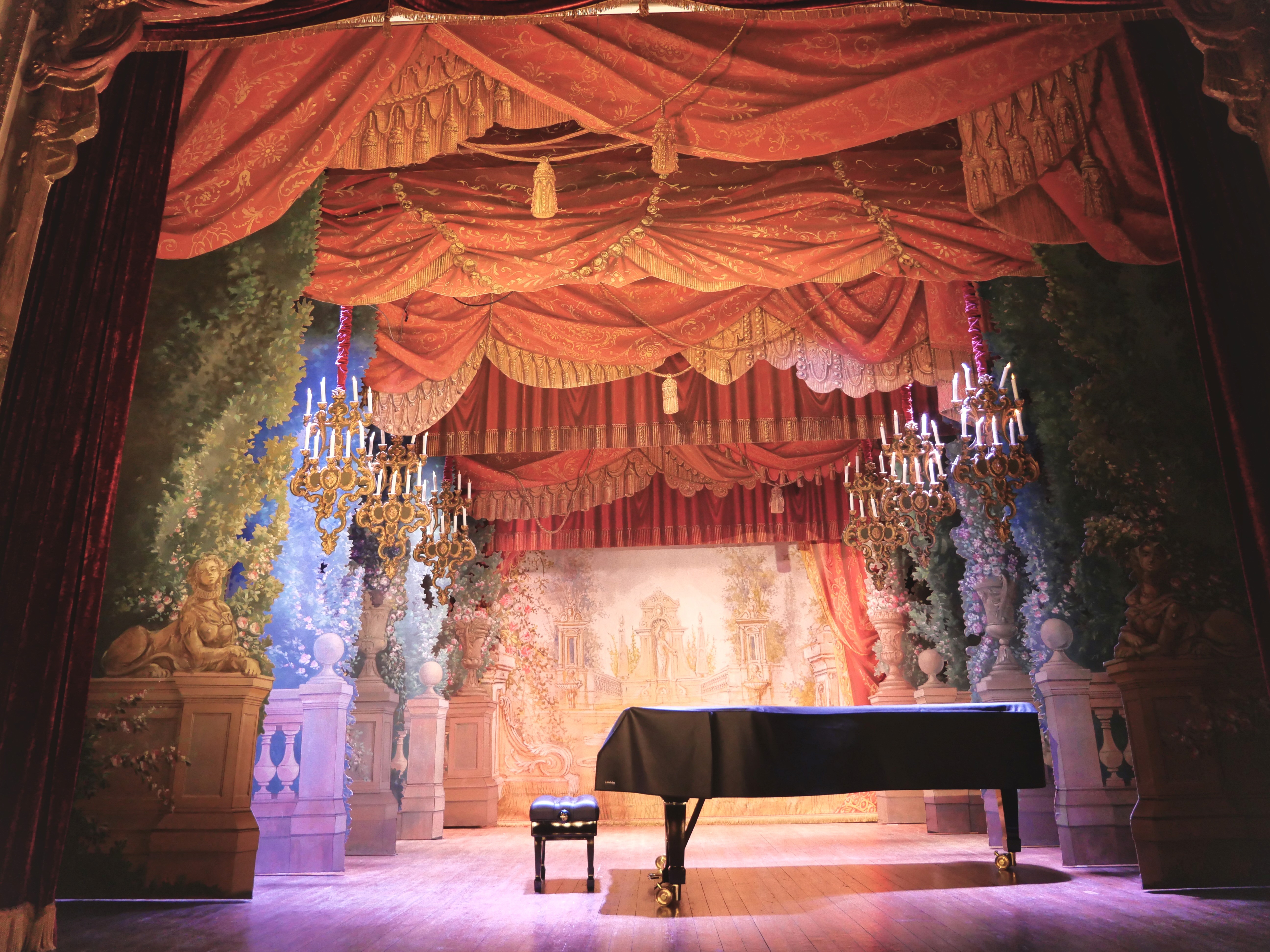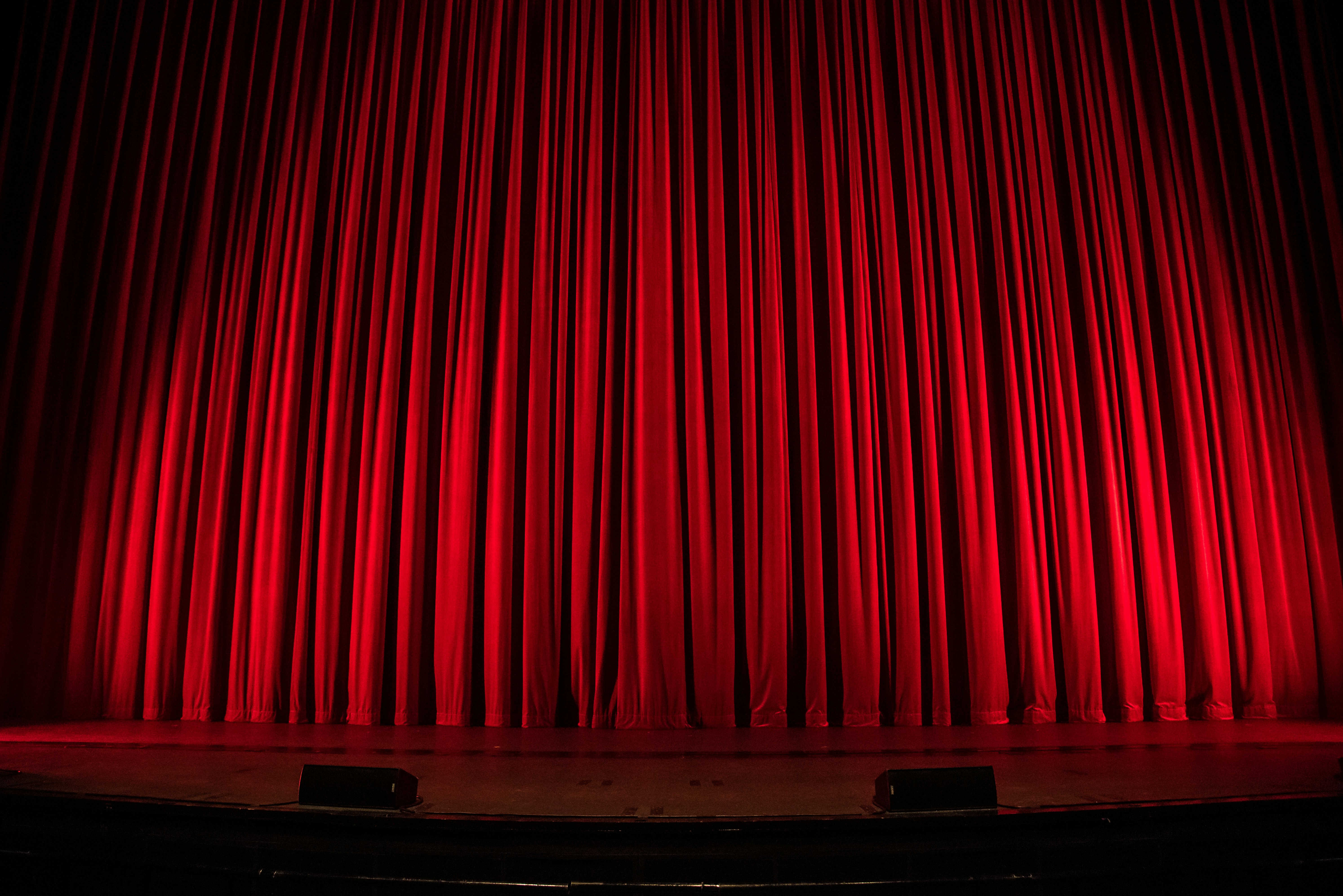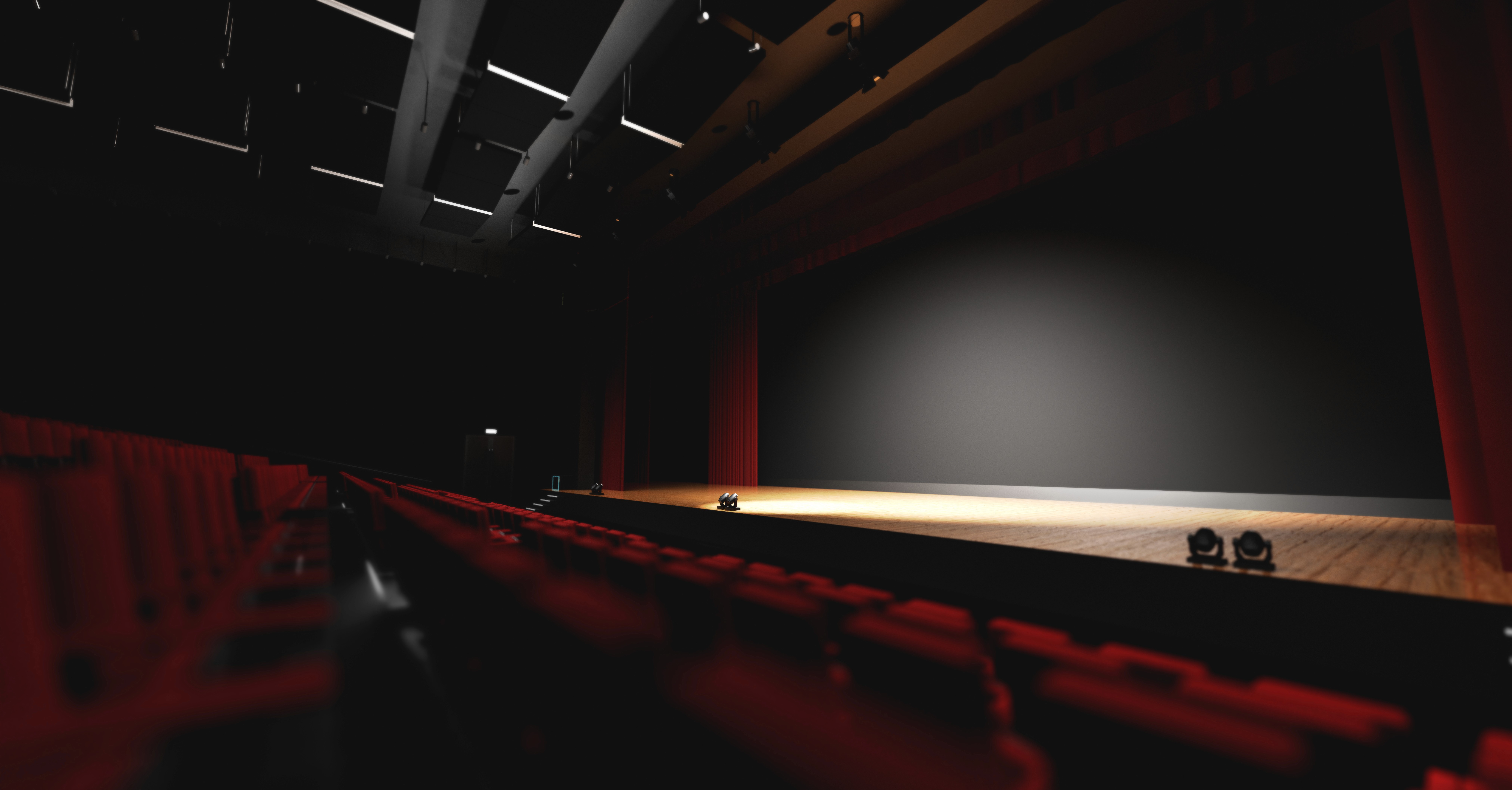Flat
Definition:
In theatre, a "flat" is a flat piece of scenery, usually made of plywood or fabric, used to create walls or other vertical surfaces on stage. Flats are essential components of set design, providing a versatile and cost-effective way to construct various backgrounds and settings.
Detailed Explanation:
Flats are one of the most fundamental elements in theatrical set design. They are lightweight, portable, and can be easily painted or covered with fabric to create different scenic effects. Flats are typically constructed from wooden frames covered with a smooth surface, such as plywood or canvas. They can be freestanding or connected together to form larger structures, making them ideal for creating walls, doorways, windows, and other architectural features.
The use of flats dates back to the early days of theatre, where they provided a practical solution for quickly changing scenes and creating the illusion of different environments. Today, flats remain a staple in stagecraft, offering flexibility and ease of use for set designers and builders.
Types of Flats:
Standard Flats (Theatrical Flats):
Made with a wooden frame and covered with muslin or canvas. They are lightweight and easy to move, ideal for creating painted backdrops.
Hollywood Flats (TV Flats):
Constructed with a wooden or plywood frame and covered with a hard surface, such as plywood. These flats are more durable and often used for more realistic, three-dimensional effects.
Door Flats:
Flats designed with a built-in door, allowing actors to enter and exit through them. They are commonly used to create rooms and interior spaces.
Window Flats:
Flats featuring a window opening, often used to create the illusion of exterior scenes viewed from inside a building.
Advantages of Flats:
Versatility:
Flats can be easily modified, painted, and repurposed for different productions, making them a cost-effective solution for set design.
Portability:
Their lightweight construction allows for easy transportation and quick scene changes, essential for touring productions and small theatres.
Scenic Detail:
Flats provide a smooth surface that can be painted or decorated to create detailed and realistic backgrounds.
Challenges of Using Flats:
Stability:
Ensuring flats are stable and securely anchored is crucial to prevent accidents and maintain the integrity of the set.
Storage:
Storing flats between productions requires space and careful handling to avoid damage.
Durability:
While lightweight and portable, flats can be susceptible to wear and tear, requiring regular maintenance and repairs.
Uses in Performance:
Background Scenery:
Flats are used to create the visual backdrop for a scene, depicting walls, buildings, and other vertical surfaces.
Scene Transitions:
Quick and efficient scene changes are facilitated by the use of flats, which can be easily moved and rearranged.
Special Effects:
Flats can be designed with hidden doors, windows, or panels to facilitate special effects and surprise entrances or exits.
Design Considerations:
When designing and constructing flats, several factors must be taken into account to ensure they are effective and enhance the performance:
Material Choice:
The choice of materials should balance durability with weight, ensuring flats are sturdy yet easy to handle.
Surface Preparation:
Flats should be prepared with a smooth surface that can hold paint or fabric well, providing a high-quality finish.
Anchoring and Stability:
Proper methods for anchoring and stabilizing flats should be employed to ensure safety and reliability during performances.
Conclusion:
Flats are a fundamental element of theatrical set design, providing versatile, portable, and cost-effective solutions for creating walls and vertical surfaces. By offering a smooth surface for scenic painting and easy adaptability for various productions, flats enhance the visual and functional aspects of a stage set. Despite challenges related to stability, storage, and durability, the benefits of versatility, portability, and scenic detail make flats indispensable in theatre production. With thoughtful design, careful construction, and proper maintenance, flats can significantly contribute to the success and visual impact of any theatrical performance.


